
For an innovation meant to make it easier to use a computer, its name was surprisingly unwieldy: “X-Y position indicator for a display system.” The word “mouse” was much catchier, and that’s what the device was eventually called when it debuted as part of a personal computer station, first sold by the Xerox Corporation on this day, April 27, in 1981.
Credit for the invention itself goes to Douglas Engelbart, who first developed the computer mouse in 1963, per TIME. By the time the mouse became commercially available, however, Engelbart’s patent had expired, and he never earned royalties for his work.
The personal computer that introduced the mouse to the world — with a similarly unwieldy name, the Xerox 8010 Star Information System, and the clunky look common to early personal computers, including a keyboard about the size of a toaster — revolutionized computing in other ways, too: It was the first with a graphical user interface, navigated by clicking icons rather than typing commands, and the first to incorporate folders, file servers and email, according to WIRED.
But like Engelbart, Xerox failed to profit significantly from its innovations. Its failure was twofold, according to the lore of the technology world, as reported by the New Yorker: Its executives didn’t realize the scope of what they’d achieved in the Star workstation — and they let Steve Jobs see it.
These Vintage Computer Ads Show We've Come a Long, Long Way
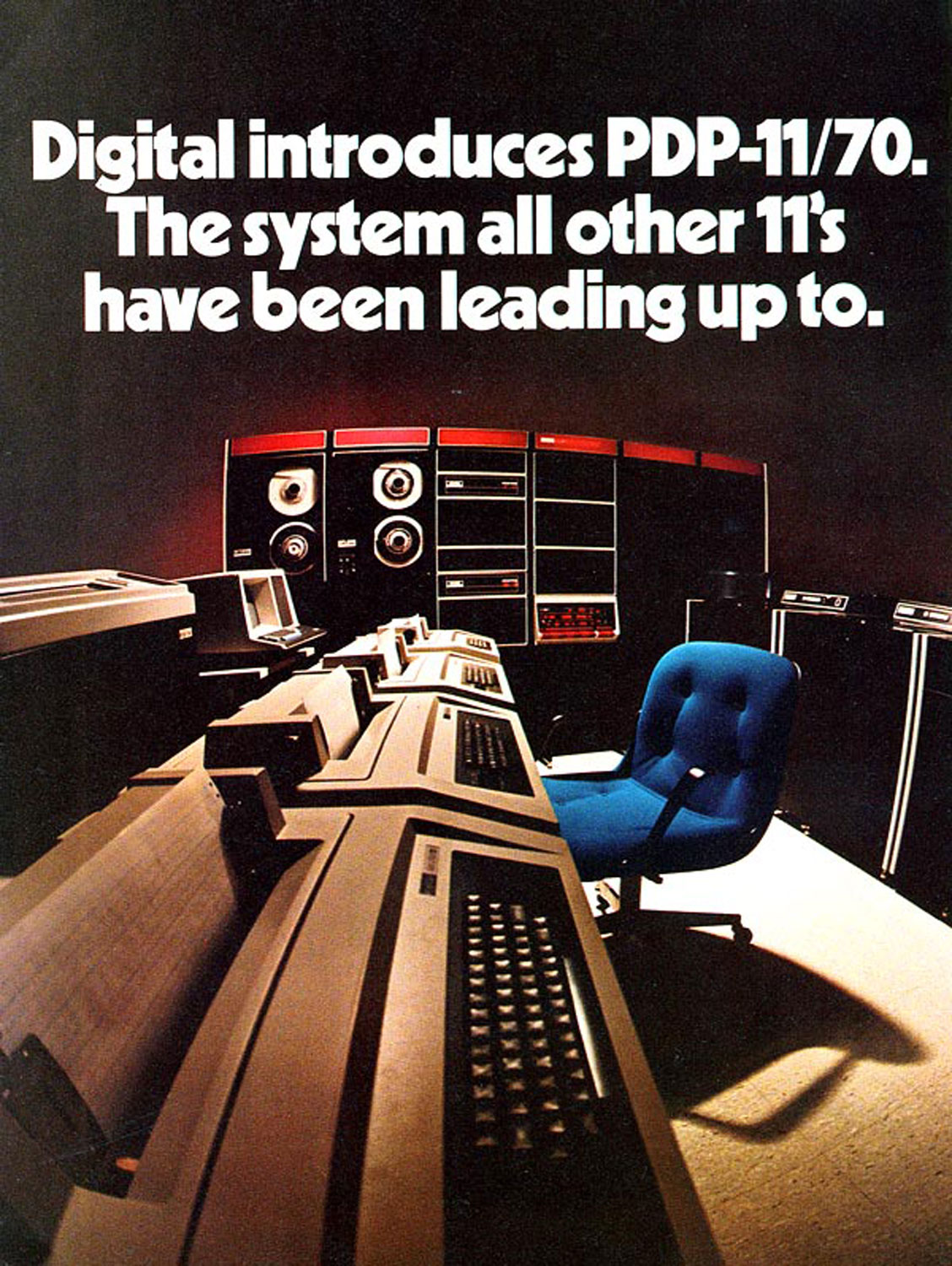
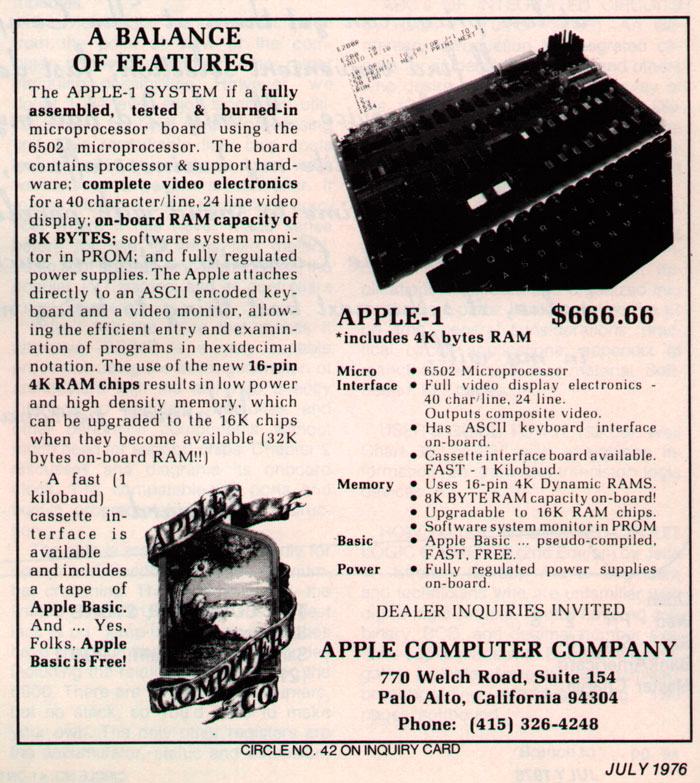

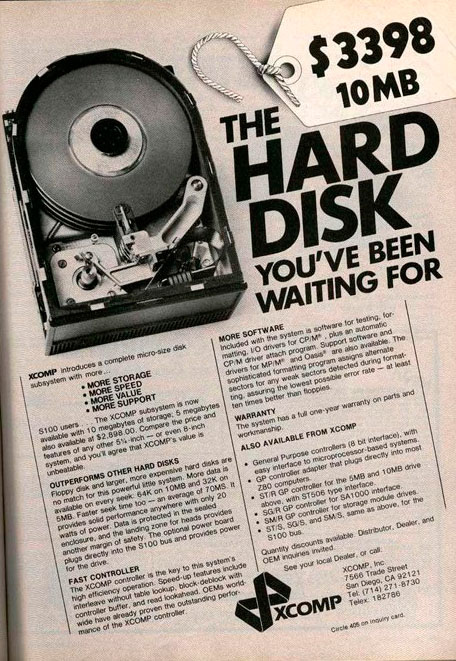

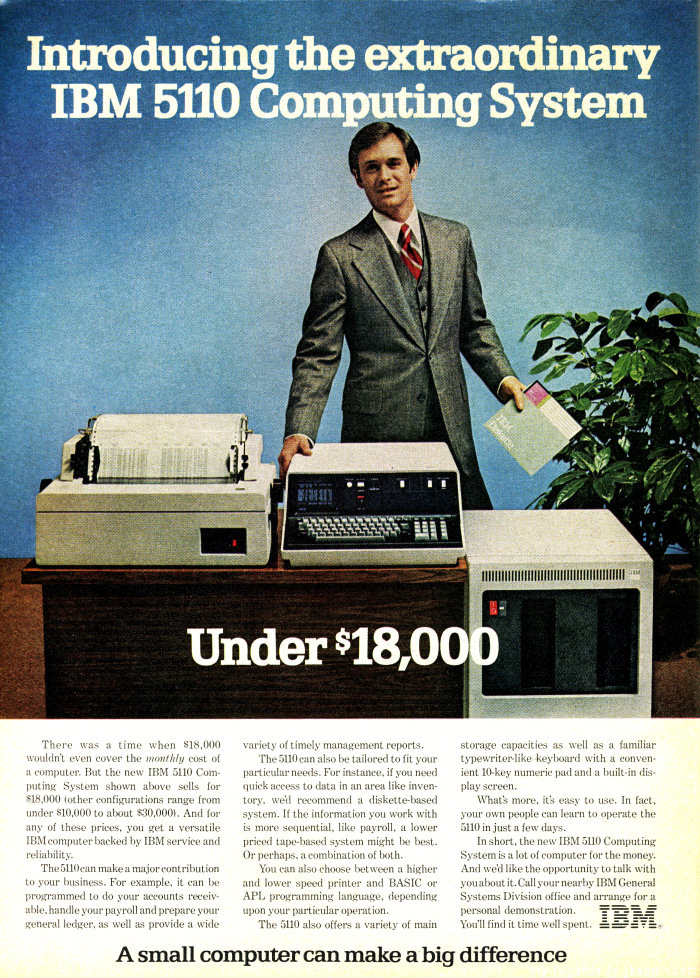
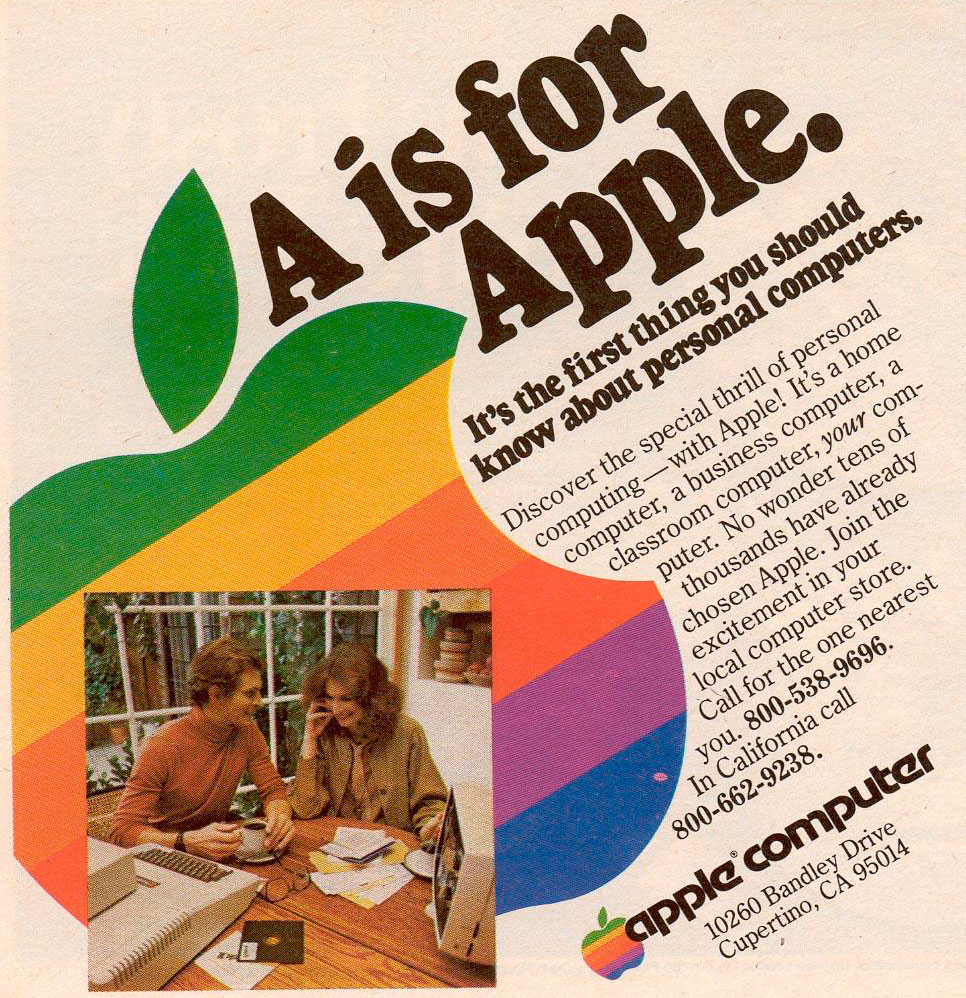
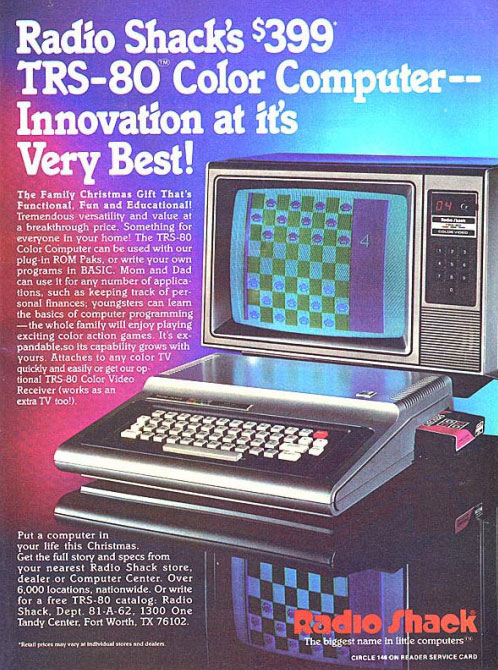
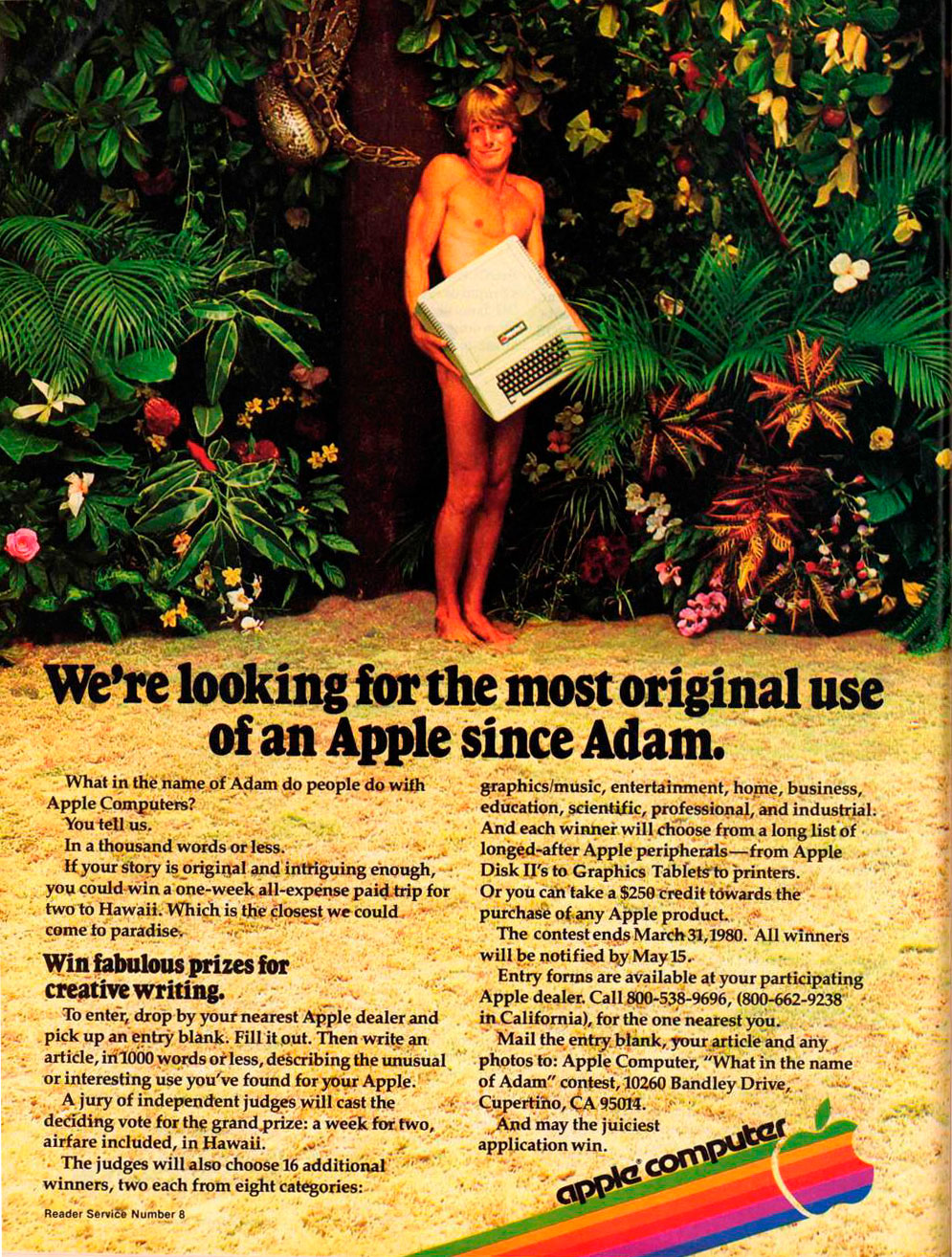


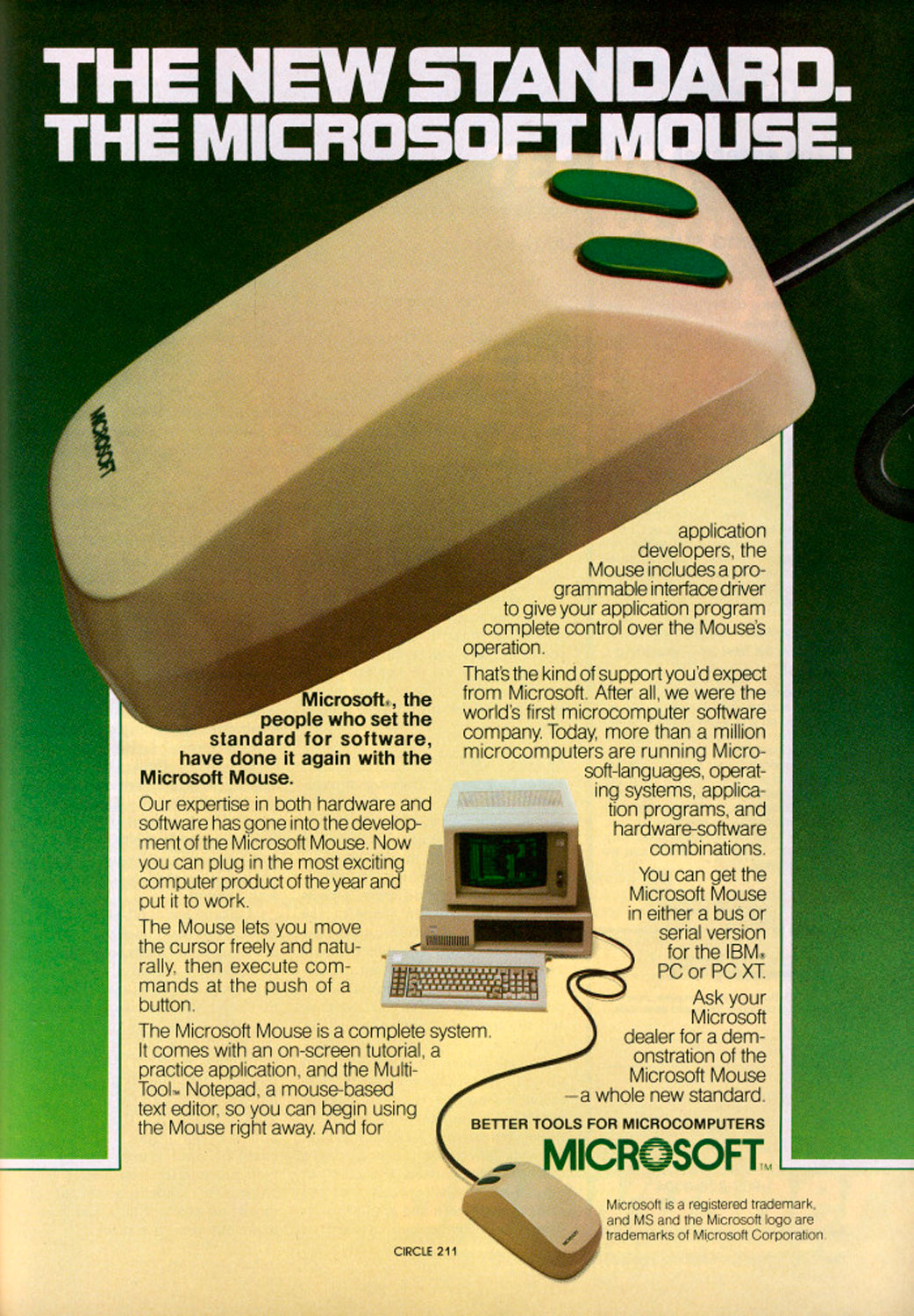


In exchange for shares of Apple, Xerox granted Jobs access to its innovation arm, Xerox PARC (short for Palo Alto Research Center) while it was working on the Star system in 1979. Jobs returned to Apple headquarters determined to improve upon the project.
Telling an industrial designer how to build a better mouse, he explained, per the New Yorker, “[The Xerox mouse] is a mouse that cost three hundred dollars to build and it breaks within two weeks. Here’s your design spec: Our mouse needs to be manufacturable for less than fifteen bucks. It needs to not fail for a couple of years, and I want to be able to use it on Formica and my bluejeans.”
Xerox — better known for making copies than computers — ultimately dropped the PC from its portfolio, mouse and all. And in the years that followed, its profits languished while Apple’s continued to rise. In 2000, faced with billion-dollar losses, it even implied that it might put the research center up for sale.
Two years later, however, PARC incorporated as an independent subsidiary of Xerox. Its researchers continue to innovate today — motivated by the center’s immense prestige, if not its history of profit.
As TIME put it in 2000: “The PARC has a pretty good track record when it comes to radical new visions, even if its record of holding onto them has been spotty at best. The mouse, the GUI (graphical user interface, like Windows) and arguably the PC itself were all born in this hothouse of Silicon Valley R. and D.; they ended up making a lot of money for Apple and Microsoft.”
Read more about Xerox, here in the TIME archives: Team Xerox
More Must-Reads from TIME
- Where Trump 2.0 Will Differ From 1.0
- How Elon Musk Became a Kingmaker
- The Power—And Limits—of Peer Support
- The 100 Must-Read Books of 2024
- Column: If Optimism Feels Ridiculous Now, Try Hope
- The Future of Climate Action Is Trade Policy
- FX’s Say Nothing Is the Must-Watch Political Thriller of 2024
- Merle Bombardieri Is Helping People Make the Baby Decision
Contact us at letters@time.com